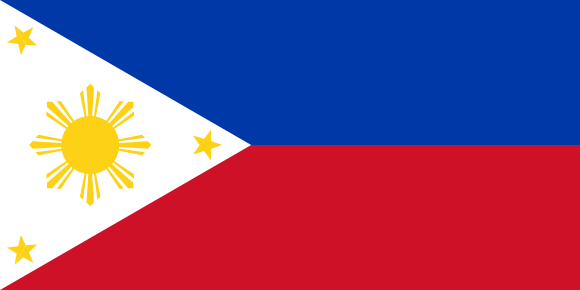
In 2002, the Congress of the Philippines passed Republic Act No. 9184 on Government Procurement Reform, aiming at unifying public procurement legislation in Philippines. The act was one of the main milestones in the process of reforming public procurement. The Government Procurement Reform Act along with its implementing rules and regulations (IRR), mandates certain transparency and accountability measures to help combat corruption and inefficiency in public procurement. It specifically stresses that information and communication technology (ICT) should play a central role in how the government meets these goals. Based on the bill government procurement in Philipines is conducted based on the principles of transparency, public monitoring and aims at ensuring integrity in public procurement.
IRR is applicable to all procurement of any branch, agency, department, bureau, office, or instrumentality of the GOP, including government-owned and/or -controlled corporations (GOCCs), government financial institutions (GFIs), state universities and colleges (SUCs), and local government units (LGUs).
he Government Procurement Reform Act and its implementing rules and regulations created an e-procurement portal, PhilGEPS, which serves as the primary source of information on government procurement. All public tenders are conducted through the portal.
Public Procurement Legislation available at the following – link.
Public Procurement website of Philippines – link.